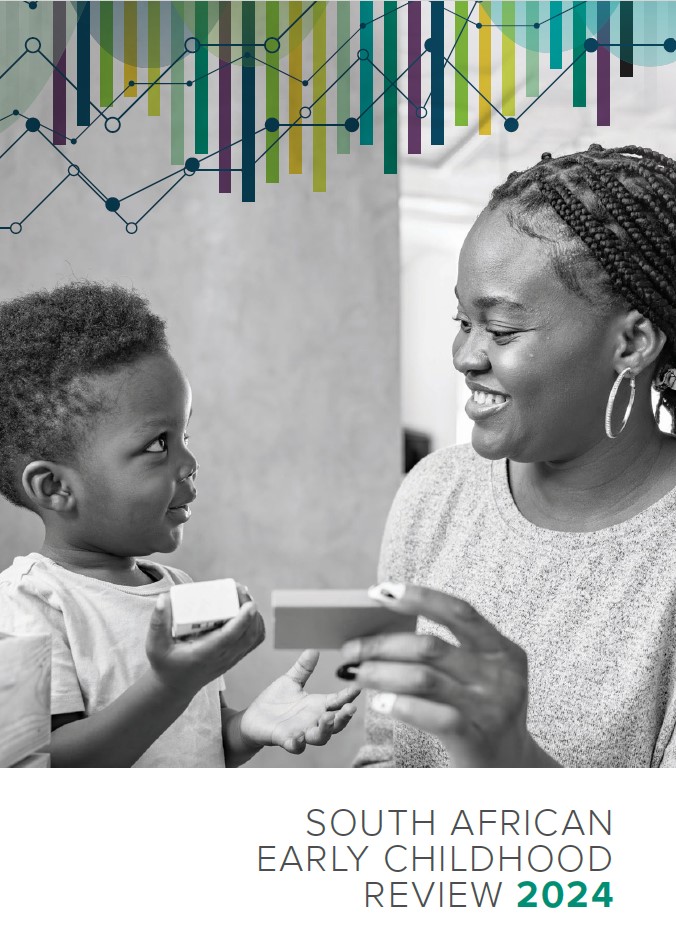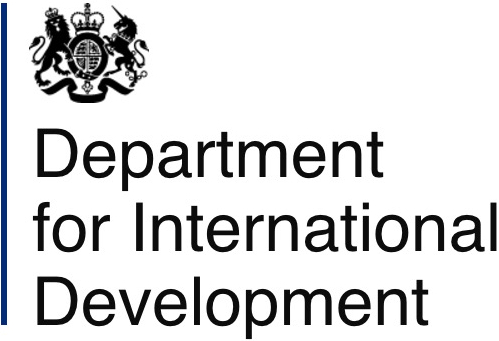 Income poverty & grants
Income poverty & grants
Child Support Grants
Author/s: Katharine Hall & Paula Proudlock
Date: October 2025
- For the years 2005 and 2008, the child support grant was only available to children aged 0-13 years. From 2009, the grant was extended to include children aged 14 years. From 2012, the CSG has been available to children until they turn 18 years.
- SOCPEN figures are taken from the end of March each year (the financial year-end).
The right to social assistance is designed to ensure that people living in poverty can meet basic subsistence needs. Government is obliged to support children directly when their parents or caregivers are too poor to do so. Income support for poor children is provided through the CSG, which is an unconditional cash grant paid to the caregivers of eligible children.
Introduced in 1998 with an initial value of R100, the CSG has become the single biggest programme for alleviating child poverty in South Africa. The grant amount was originally linked to the minimum cost of feeding and clothing a child. Its monthly value is increased slightly each year, more or less keeping pace with headline inflation although it has fallen behind food inflation. As a result, the value of the CSG has been eroded relative to the food poverty line, and the CSG no longer covers the cost of providing a child with their minimum nutritional needs.
At the end of March 2025, a monthly CSG of R560 was paid to 13.1 million children aged 0 – 17 years – slightly down from 13.2 million the previous year.
Because the CSG is targeted to poor children, a simple means test is used to determine eligibility. The income threshold is set at 10 times the amount of the grant. This means that every time the grant is increased, the means test also increases. From April 2025, the income threshold was R5,600 per month for a single caregiver and double that if the caregiver is married (R11,200 per month for the joint income of the caregiver and spouse).
Initially the CSG was only available for children younger than seven years. From 2003 it was gradually extended to older children up to the age of 14. Since January 2012, eligible children can receive the grant until they turn 18. Take-up of the CSG increased dramatically over the first 15 years, after which the numbers started levelling off.
A slight dip in grant access in 2014 was probably the result of the introduction of a biometric system which led to the identification and suspension of grants to beneficiaries who were not verified biometrically. Most of them were reinstated the following year, although without backpay. From 2014, the numbers increased again gradually until 2021, then stabilised and even declined slightly.
In March 2022, nearly 80,000 fewer CSGs were in payment than in March the previous year. Although the overall numbers picked up again subsequently, it is worrying that the number of infants (under one year of age) receiving the CSG has continued to fall each year, while at the same time poverty rates have risen. In March 2020, just before lockdown, 658,000 infants were receiving the CSG. This number dropped by over 100,000 to 550,000 in March 2021. The substantial drop between 2020 and 2021 was almost certainly the result of delays in birth registration and grant applications in the context of lockdown. Although birth registration rates recovered after 2021, the number of infants receiving the CSG continued to fall – to 543,000 in 2022 then to 509,000 in 2023 and to 469,000 in 2024 and 420,000 in 2025. This has reversed improvements in uptake by caregivers of infants by 10 years – taking us back to 2014 levels. It is not clear what is causing the further decline in CSG access for infants. Possible reasons may include staff shortages, the introduction of rotating days for grant applications and the impacts of load-shedding on the systems at SASSA offices. It is also possible that birth rates are falling faster than projected in the population models, but it is unlikely that they would be falling at a rate that could account for the sharp fall in the number of infants receiving the grant – a decrease of 36% when comparing 2025 grant payments for infants with the pre-lockdown figure for the same age group.
There is substantial evidence that social grants, including the CSG, are being spent on food, education and basic goods and services. The evidence shows that the CSG not only helps to alleviate income poverty and realise children’s right to social assistance, but is also associated with improved nutritional, health and education outcomes, especially if the grant is accessed soon after birth and received continuously.[1-10] Recent research among children with young mothers has also identified an association between CSG access and improved child cognitive development.[11]
Given the positive and cumulative effects of the grant, it is important that caregivers can access it for their children as early as possible. One of the main concerns is the slow take-up by caregivers of young children. An analysis of exclusions from the CSG found that exclusion rates for eligible infants were as high as 43% in 2014. The total rate of exclusion for all ages was estimated at 17.5% (more than 1.8 million children).[12] A subsequent analysis found that infant exclusion rates dropped to 35% from 2017 to 2019, but increased again to 48% in 2020.[13] Exclusion rates are consistently found to be highest in the Western Cape and Gauteng. Barriers to take-up include confusion about eligibility requirements and the means test in particular; lack of documentation (mainly identity books or birth certificates, and proof of school enrolment, although the latter is not an eligibility requirement); and problems of institutional access (including the time and cost of reaching SASSA offices, long queues and lack of baby-friendly facilities).
There has never been a published, systematic review of the social grants database, and the limitations in terms of validity or reliability of the data have not been quantified. However, this database is regularly used by the department and other government bodies to monitor grant take-up, while the computerised system, which records every application and grant payment, minimises the possibility of human error. Take-up data and selected reports are available from the department on request throughout the year, and are also published occasionally on the SASSA website. Children Count provides grant take-up figures as at the end of March.

 The SAECR 2024 tracks trends on the status of children under 6.
The SAECR 2024 tracks trends on the status of children under 6. 











